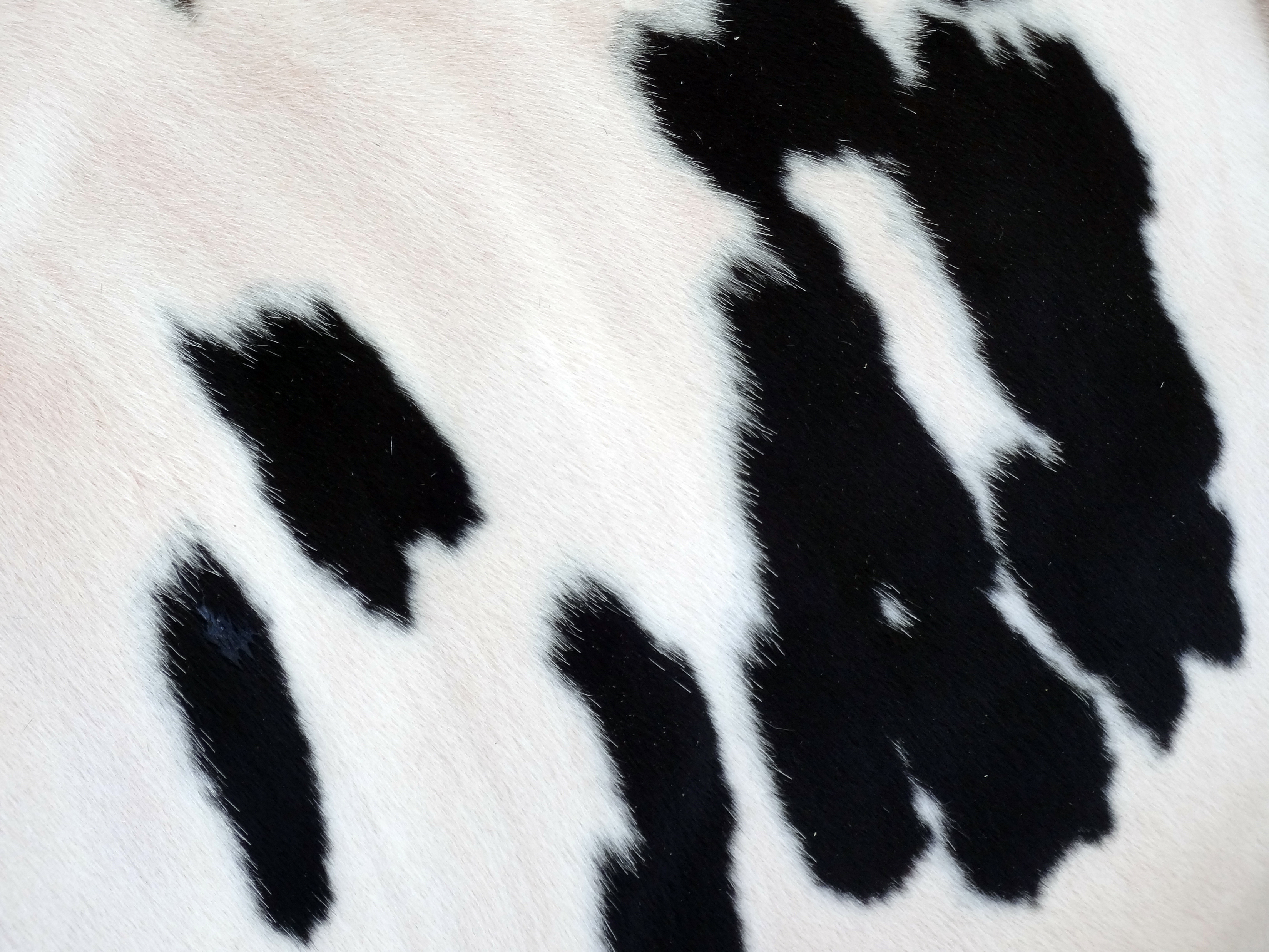Genetic selection in ruminant breeding in the last decades led to a significant modification of the original animal metabolism. Beef cattle have been pushed for more muscle growth and better meat quality while in dairy cows the mammary gland has more metabolic priorities than every other tissue, to produce as much milk, fat, and protein as possible. Nowadays, dairy cows produce more than 40 kg of milk per day and Holstein cows produce milk with more than 3.8% of fat and more than 3.15% of protein. Genetic selection has rewarded the cows whose udder had the cells of the epithelium of the mammary alveolus less and less dependent on insulin and therefore able to acquire without its “intermediation” nutrients such as glucose, amino acids, and fatty acids. The tendency to lose weight has been selected in order to increase the availability of long-chain fatty acids for the udder, and in order to have more amino acids, that of easily mobilizing the muscular reserves of “labile proteins” too. These high producing animals tend to have a lower response to the rise in blood sugar by insulin and have less tissue sensitivity to the action of this pancreatic hormone. This altered behavior of insulin, therefore, predisposes the animals to greater lipo-mobilization which has positive effects on the percentage of milk fat. However, the increased inflow of non-esterified fatty acids (NEFA) to the liver greatly increases the risk of hepatic lipidosis and metabolic ketosis, both clinical and sub-clinical. The primary subtraction of amino acids, both essential and non-essential, due to the mammary synthesis of casein and other nutrients, very often induces amino acids secondary deficiencies. This can lead to negative repercussions on the health of cows by acting on the triglycerides export from the liver, on hormone IGF-1 production, and on the immune system’s full efficiency.
Therefore, high producing animals require very accurate diets, management, environments, and management of infectious diseases, to reduce the impact of the metabolic changes on functional longevity, fertility, immunity, and productive performance. Nowadays the metabolic diseases, which are all interconnected with each other, are 75% of the total diseases that affect dairy cows during the first month of lactation. Clinical and functional nutrition sustains the animals during their entire productive life balancing the diet to fulfill the animal nutrients and vitamin requirements preventing metabolic disorders and pathologies such as for example fatty liver and ketosis. The rumen is an organ both useful and “hazardous” in ruminant nutrition. The rumen microflora is essential for dietary digestion and the production of useful nutrients (i.e. volatile fatty acids, amino acids, and bacterial proteins). At the same time, the nutrient degradation at this level is really high and a huge amount of the ingested nutrients are not directly available for animal absorption in the intestine. Rumen protection is the key to precisely balance ruminant diets and overcoming high producing animals and/or ruminants during particular phases of their life (i.e. during the transition period). As an example, at the beginning of lactation dairy cows can lose up to 17 kg of muscle protein to face their amino acids requirement. The Cornell Net Carbohydrate and Protein System (CNCPS®) can help to balance ruminant diets by using rumen-protected amino acids to reach the best ratio between methionine and lysine (the two most important limiting amino acids) that is 2.7:1 (around Lys 6.74-7.10% and Met around 2.30-2.52% of the MP). This can limit muscle loss and maximize animal milk and milk protein production according to their high genetic potential. At the same time, a good balancing of the intake of the amino acids allows the reduction of dietary protein inclusion without losing productivity. An example of this improved production was demonstrated by Sáinz de la Maza et al. (ADSA, 2019): in their field trial, the inclusion of microencapsulated methionine (Timet®) improved milk protein and fat percentage with a trend in lowering milk urea, indicating a better use of the dietary amino acids.
Other useful nutrients are trace elements, fatty acids, and vitamins that, added to the diet, help to face oxidation, heat stress and to improve animal fertility, immune response, and production. The addition of methyl donors such as choline and betaine and vitamins of the B group sustain the hepatic function, in particular during the transition period. During this period the animal always experiences a negative energy balance with an increase of the risk for fatty liver and ketosis. Zang et al. (2019, J. Dairy Sci., 102:1-13) demonstrated that the inclusion of a balanced blend of methyl donors and B vitamins (MecoVit®) improved the post-partum energy metabolism, reducing circulating NEFA and liver lipid accumulation in the herd.
All these rumen-protected elements, included and accurately balanced into the diet during the different phases of animal life, helps to reach the best results for animal health, functional longevity, and improve production efficiency. Vetagro is a pioneer in manufacturing rumen-protected amino acids and innovative solutions to maximize animal performance and efficiency, to face the production challenges while promoting a sustainable food chain. Vetagro is a progressive, science-based company, specializing in feed additive development and production, delivering high-tech, innovative and cost-effective solutions in line with the needs of the modern animal feed industry. For almost 40 years the focus has been developing targeted feed additive solutions for all animal species through scientific research, technological development, innovative formulation, and a focus on quality. The continuous R&D activity allows a wide range of solutions: all the products are designed with one target in mind, maximizing the health and efficiency of food animals in accordance with environmental sustainability and consumer safety.For more information: marketing@vetagro.com









